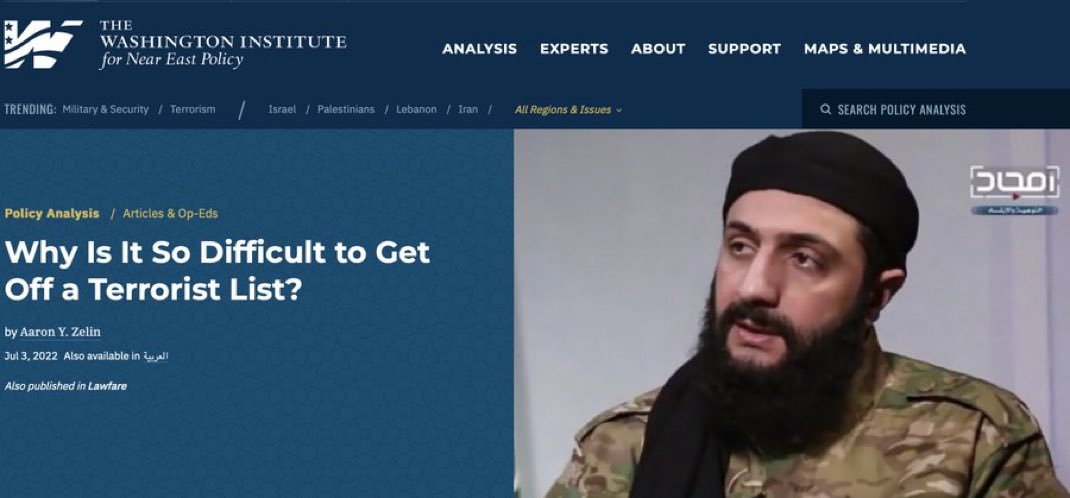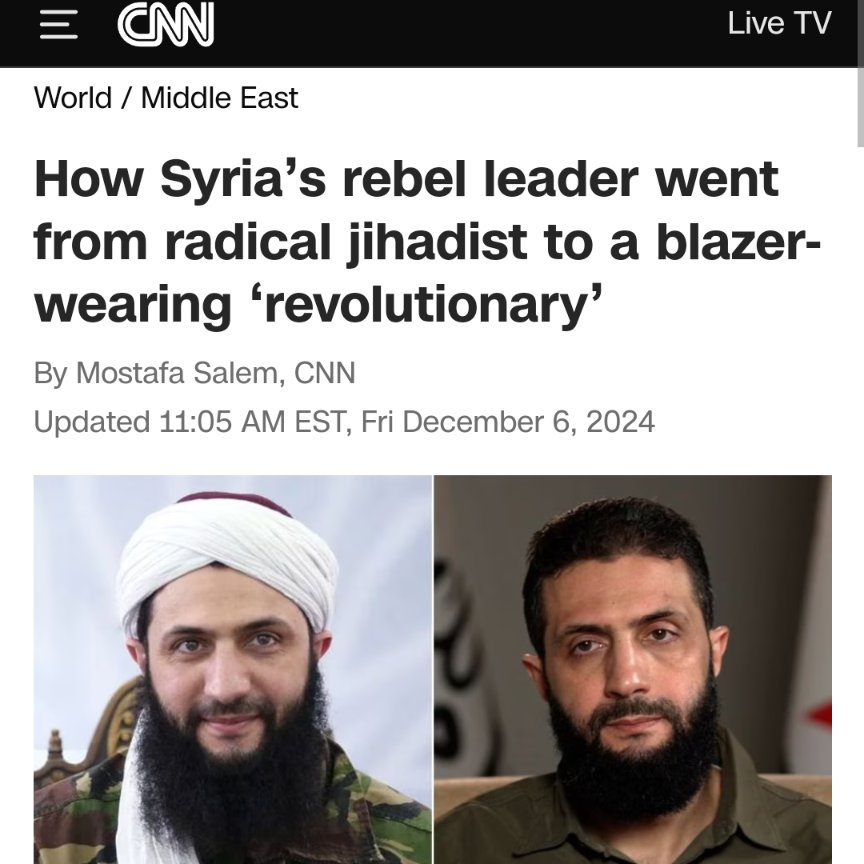100% Turkey is.Maybe Turkey is
Key characteristics of Turkish use of Syrian armed proxies | Strategies of Turkish proxy warfare in northern Syria
Key characteristics This chapter discusses how Turkey tailored its engagement with different sets of Syrian armed groups to increase its leverage in Idlib, Afrin and the Al-Bab to Jarablus area, ranging from centralized control over the FSA/SNA, pragmatic partnership leading to further control...
Since 2016, Turkey has put well-tailored, adaptive and effective arrangements in place with different categories of Syrian armed opposition groups. The SNA has been instrumental in the realisation of Turkey’s buffer zone strategy as a core irregular force under almost full Turkish control via the provision of training and equipment, salary payments and the creation of new organisational structures. No longer a fragmented and decentralised proxy, the SNA is becoming an integrated, although irregular, element of the Turkish army. In terms of policy objectives, SNA forces greatly facilitated the realisation of two semi-autonomous Turkish protectorates in Afrin and around the Azaz-Jarabulus corridor (west of the Euphrates) and a new buffer zone between Tell Abyad en Ras al-Ayn (east of the Euphrates).[63]
In respect of the NLF, Turkey developed a lighter version of the same control-through-centralisation approach. Its first phase (2018) sought to merge NLF and FSA groups in Idlib, but this was only partially successful due to differences between these groups and suffered setbacks due to clashes between HTS and NLF. The second phase of Turkey’s approach (2019) ended up uniting SNA and NLF forces under Turkish command. While Turkey could not establish SNA-type levels of control during the first phase, it nevertheless established an influential client-proxy relationship with the NLF by offering its groups a rear base, having them participate in Turkish operations in Afrin and in the Azaz-Jarabulus corridor, and providing them with equipment, training and salaries.
Since their unification with the SNA, the former NLF groups Faylaq al-Sham and Jaysh al-Ahrar have been involved in Turkey’s recent ‘Peace Springs’ incursion east of the Euphrates River.[64] In terms of policy objectives, the NLF helped expand Turkish influence in Idlib, counterbalanced Salafi jihadist groups in the area, and strengthened Turkey’s proxy forces against the YPG.
Although Turkey’s approach encountered strong resistance from HTS that initially led to the defeat of Turkey-aligned NLF forces, Turkey managed to overcome this setback by switching to a divide-and-rule approach that saw the more pragmatic HTS factions emerge dominant from the group’s internal power struggles. Figure 1 below provides a summary overview of key relations between Turkey and various sets of Syrian armed opposition groups over the course of the civil war. It does not aspire to be fully inclusive of all developments – there are simply too many – but captures key shifts and relations.
On the upside, Turkey’s collaboration with HTS (covert cooperation with pragmatic elements), NLF (ideological partnership) and SNA (centralised control) have strengthened the Turkish military position in Idlib, improved its negotiation position regarding the future of the province, and created a fighting coalition against the PYD. The downside of these different forms of collaboration between Turkey and Syrian opposition groups has been that they have reduced Turkey’s strategic credibility with Russia, maintained HTS as a (partially) Al-Qaeda-linked international terrorist group and created strong links between Turkey and range of Syrian Islamist armed groups, in part Salafi, that may present Turkey with a domestic security challenge in the medium-term.
Key variables that have influenced the effectiveness of Turkey’s engagement with different armed Syrian opposition groups include: a) the possibility of obtaining influence by providing significant material support, such as training, salaries and equipment; b) the extent to which it could partner such groups with its own military (e.g. shared culture, perceived enemy and ideology); c) the level of centralised control it was able to achieve; d) geographic proximity; and e) clever divide-and-rule tactics, which, alongside relative neglect of ideological differences, proved useful in tipping these variables in Turkey’s favour.
So are the British,French, Germans, Russians, Chinese, Iranians(persians) etc etc ad nausea., but we are trying to relive the glory days of the Roman Empire
Point is this recent move and the one Prior(first push to take out assad) has Mostly come out of Turkey, the US is a player in it but not the main player. Others are more involved. We are holding out east of the Euphrates, blocking weapons flowing from Iran through Iraq and backing the Kurds. Wanna direct dis content for what is going on here there are more countries more involved than the US here.







